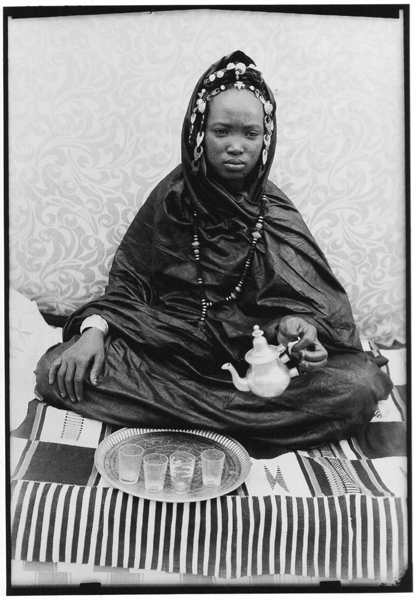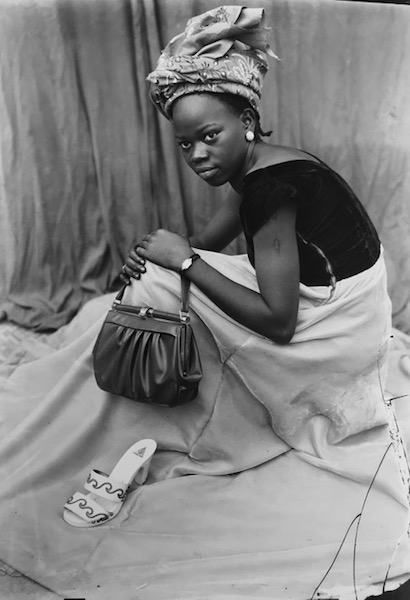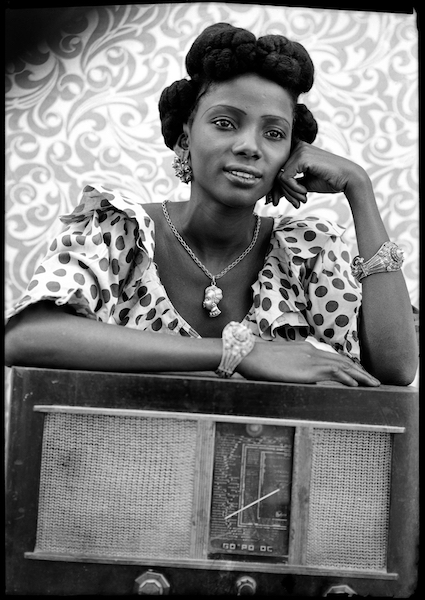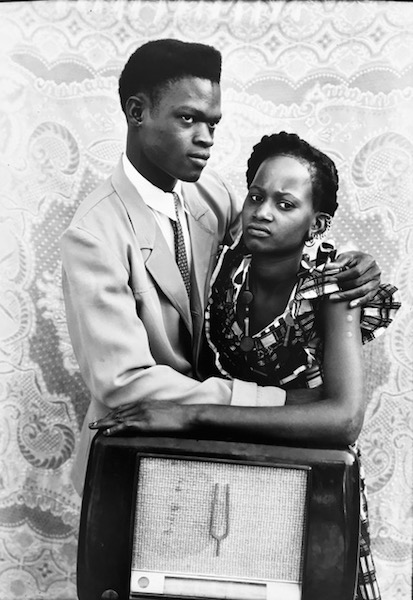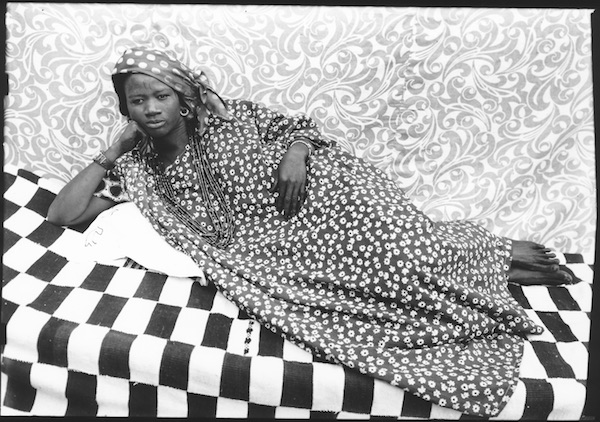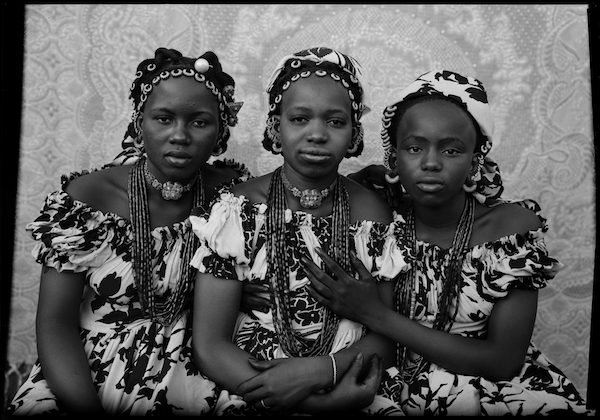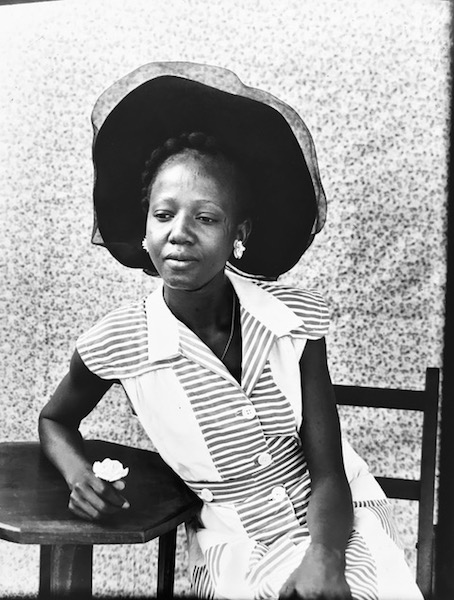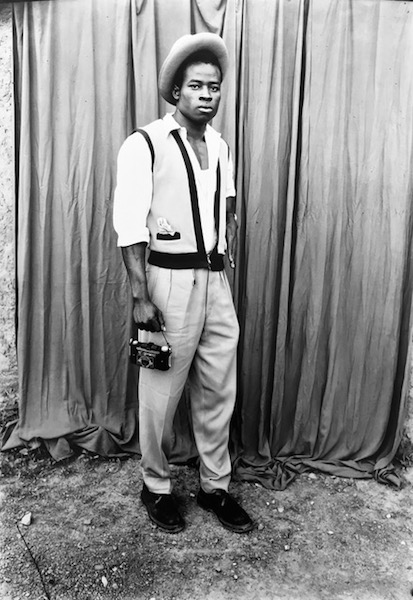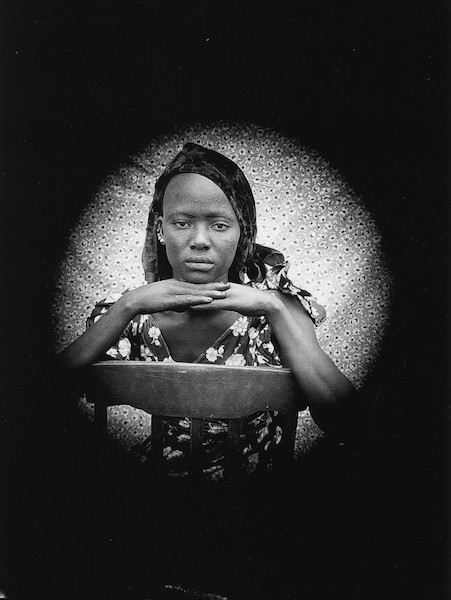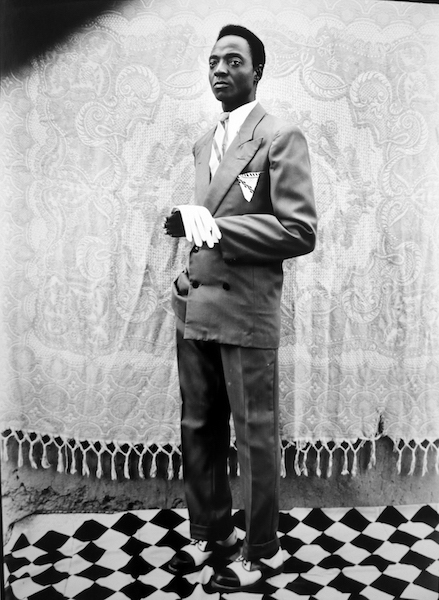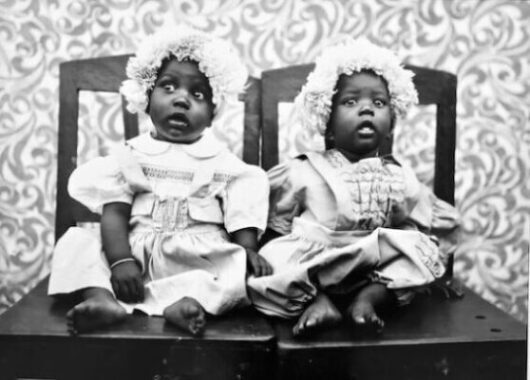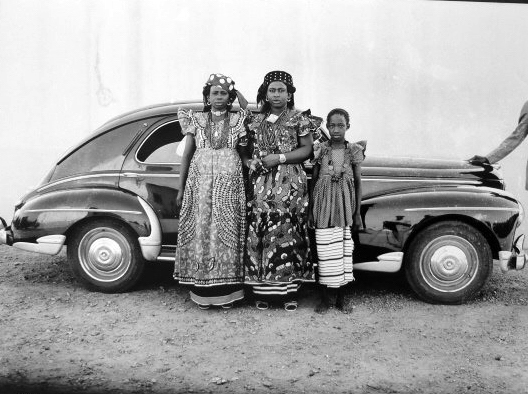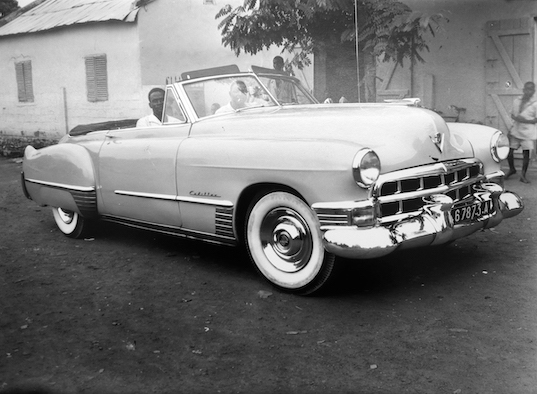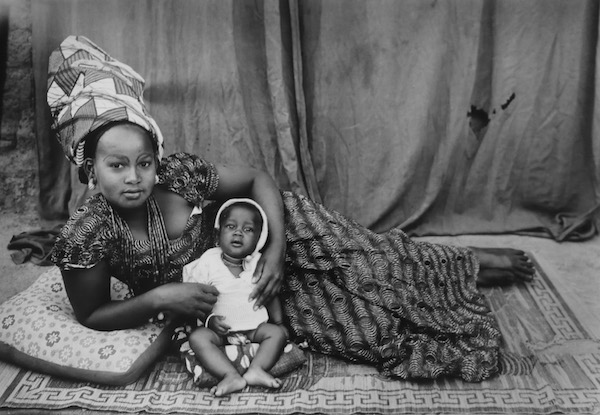
Seydou Keïta
Untitled
29/04/2011
11/06/2011
Gallery FIFTY ONE
Fifty One Fine Art Photography is proud to present a solo show of the Malian photographer Seydou Keïta (1921-2001). The significance of his exquisite portrait photography changed from being a personal portrayal to a masterpiece of art.
In the period that Seydou Keïta opened his studio in Bamako in 1948, owning a portrait photograph became a symbol of modernity of the middle class. At that time Keïta didn’t consider himself as an artist. Upon the growing requests by his clients Keïta composed a representation of his customers, influenced by the French style, by using Western outfits, accessories and the careful chosen position of his models.
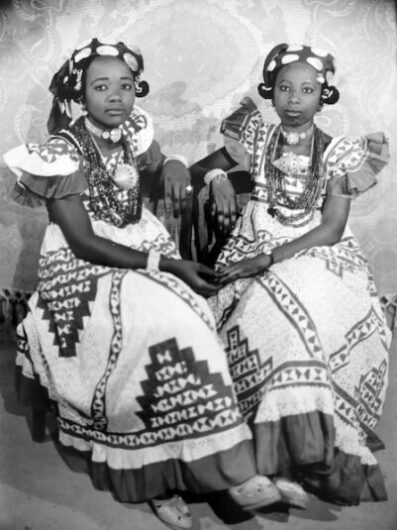
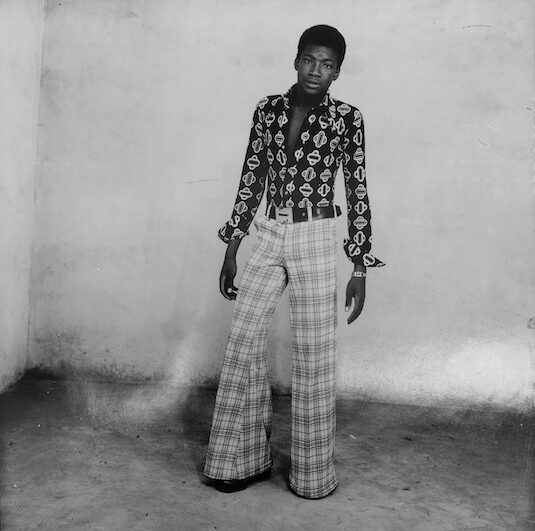
Seydou Keïta
Seydou Keïta is considered as one of the most important precursors of African photography. He belongs to a generation of African photographers who enjoyed an international recognition only at a later stage in life. Like many of his contemporaries, nothing particularly predestined him to become a photographer.
Keïta started making furniture and spending a lot of time as an apprentice of Pierre Garnier, who had his own studio. Just like a few other Malian photographers such as Kouyaté and Sidibé he learned the trade and soon realized that there was an enormous demand for individual pictures. This drove him to open his own studio in 1948. Up until then, western settlers had had a lot of trouble convincing the local population of having their pictures taken as they believed they would lose their identity. With Keita all became different: he was part of their community and let them choose the image that would be given to the close family or friends.
biography
Born in Bamako, Mali in 1920
Died in Paris, France in 2001
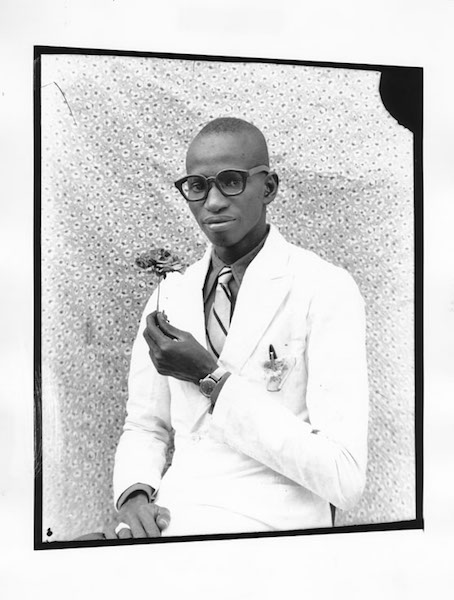
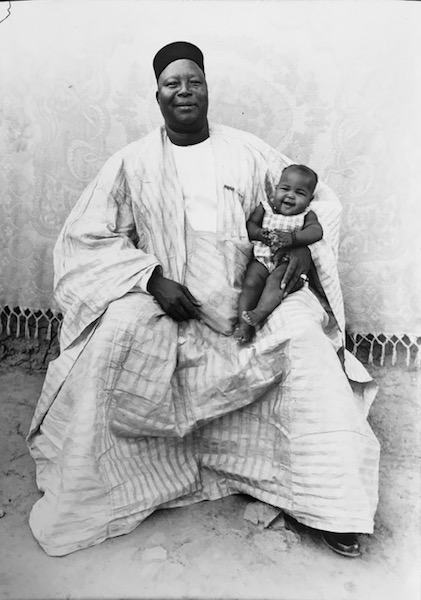
From then on people queued up to have their pictures taken. The sole desire of people posing in front if Keïta’s lens was to look their best. To accomplish this, Keïta gave them costumes, accessories and furniture to further enhance their appearance. Men, women and children, all look perfectly elegant. If we look beyond the aesthetics of the black-and-white pictures, Keita shows us a portrait of Malian society in full transition.
Finally Keita was to become the country’s official photographer, and stopped working in 1977. Nevertheless, it took many years for his work to get the proper recognition and be included in the famous “Rencontres de Bamako”.
